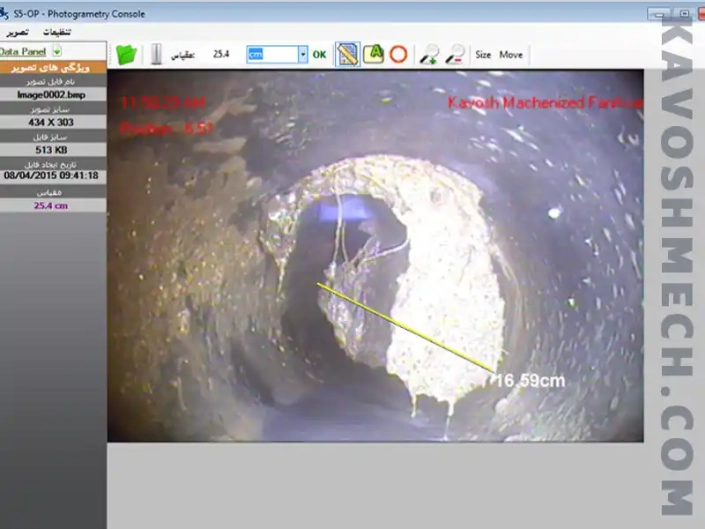In general, the maintenance of industrial facilities is of great economic importance. Neglecting this issue in the oil and gas industry, in addition to increasing the costs of major repairs, sometimes also has destructive environmental effects. To design a standard maintenance program, it is necessary to collect information about the condition of the facility, and this information is collected by inspection. Inspection operations, especially inspection of the corrosion status of metal facilities in the oil industry, whether transmission lines or storage tanks, provide important information. The important point here is that conducting an effective inspection in many cases requires the metal surface to be clean and the inspection tool to have direct access to it. Therefore, dredging and cleaning are special services before the inspection and in themselves reduce the areas of destruction and corrosion of the metal walls of the industrial facility.
Washing, cleaning and dredging of oil tanks is one of the essential services required by the oil industry, which is carried out annually by human resources, but the point here is that despite observing all safety precautions, the number of unfortunate accidents leading to the death of oil tank dredging workers per year is a serious figure.
It is no secret to anyone that a leak in the bottom of oil and petroleum product storage tanks causes environmental damage and economic losses. A loss that, on the one hand, leads to the loss of the tank contents and, on the other hand, causes a temporary stoppage of upstream processes. Preventing this crisis requires a regular inspection program under a preventive maintenance (PM) program. The first step in inspecting the bottom of the tank is dredging and cleaning it. In other words, in order for the inspection to be accurate enough, the surface of the tank bottom needs to be accessible to inspection tools.
For the first time, the Mechanized Exploration Company of Fanavar has designed a dredging and inspection robot for oil tanks in its research and development unit, so that no more humans are caught in a fire, injured, or killed while dredging oil tanks, and the inspection can be carried out mechanized with the help of robots. The main advantages of using this robot are:
1. Zero human risks
2. Reduced operation time
3. Simultaneous cleaning and inspection operations
4. Increased inspection accuracy
5. With minimal environmental pollution
6. Less water waste
7. Out of the line of fire
 ربات ویدئومتریSewer network inspection services
ربات ویدئومتریSewer network inspection services



